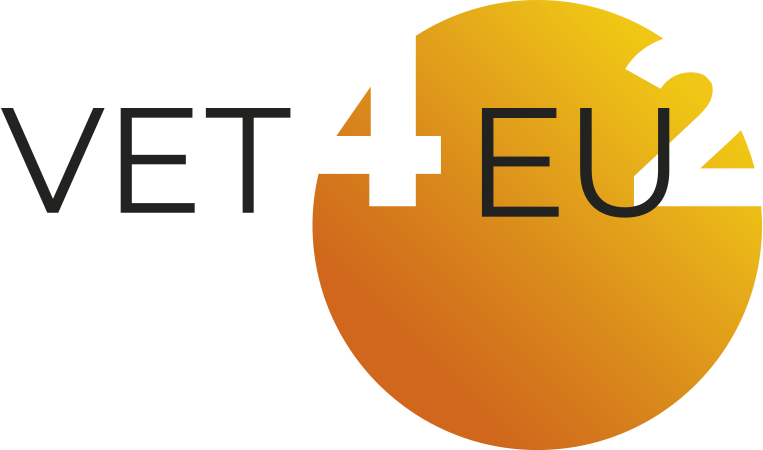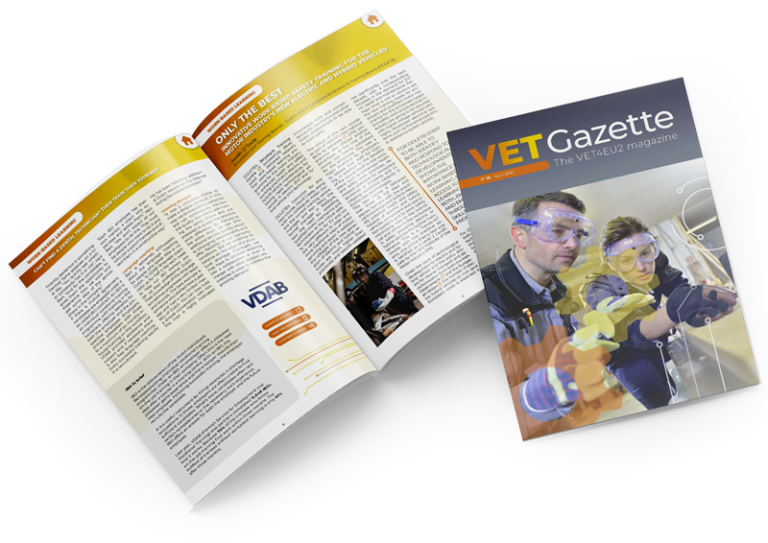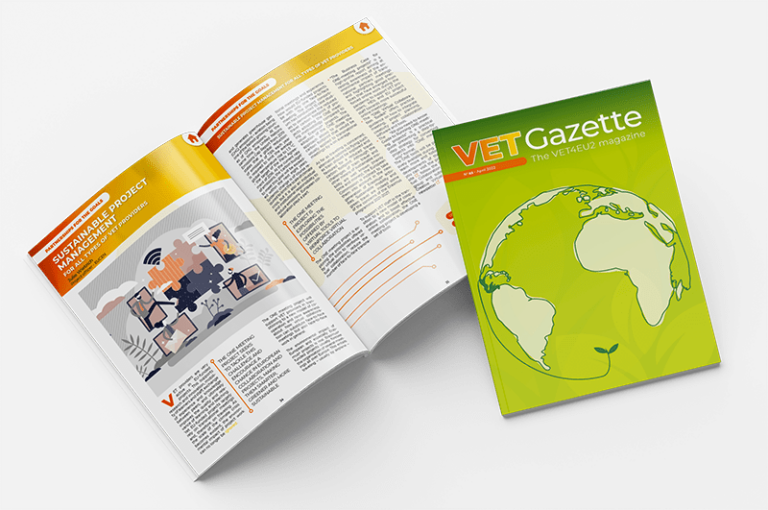Third-country nationals are almost twice as likely to have a lower level of educational achievement compared to EU citizens. In 2017, only 1 in 5 heads of higher education institutions at EU-level were women. Students whose parents have attained a higher level of education have higher rates of completion in all EU countries.
These statistics highlight current inequalities in higher education (HE) which the SMILE project is addressing. SMILE is funded by the Erasmus+ programme and aims to promote inclusive learning by developing, testing and implementing innovative tools that improve the way higher education institutions (HEI) deal with diversity and social inclusion. The project consortium consists of both NGOs and HEIs from eight different countries, creating a good balance between academic perspectives and the views of citizens and learners.
The SMILE project will focus on three main areas of inequality and disadvantage in HE: migrant background, female leadership and low socio-economic background.
- Due to lower access and participation and higher drop-out rates in education, migrant background students are underrepresented in HE. This can lead to unemployment and a higher risk of poverty and social exclusion. In HE, migrant background students often face institutional discrimination, which manifests, for example, in lower expectations towards their academic achievements.
- Women are severely underrepresented in research positions and top management positions in HEIs and tertiary education, leading to a lack of visibility of women in research and resulting in leadership qualities being defined by the male norm. Gender roles expect women to take on care responsibilities rather than pursue a career, making it harder for women to achieve both academic and non-academic high-level leadership positions.
- Students with a low socio-economic background face financial barriers that limit their access to HE and put their graduation at risk. Their disadvantages are often not addressed due to lack of awareness and lack of institutional support. Stigmatisation builds up additional psychological barriers, such as insecurity about the suitability of HE for students with a low socio-economic background.
Although SMILE distinguishes these three pillars, the consortium is aware of the relevance of intersectionality and takes the intersection of different discriminating structures such as racism, sexism and classism into account.
To enable HEIs to address these challenges and promote diversity and inclusion, the SMILE project consortium is developing different tools. During the process, the expertise and testimonies of civil society organisations and individuals who are role models in one of the three pillars will play important roles.
Diversity Audit Model
SMILE will develop a tool that allows HEIs and other organisations to self-reflect on the way their institutions address and enable diversity. The audit model will include questions about the institution’s general commitment to diversity as well as sections on each of the three pillars. To facilitate the adoption of the diversity audit model on a wide scale, it will be a flexible tool available in seven languages.
Three CPD courses
CPD courses will be designed to address each of the three pillars. They will include real cases and feature role models to emphasize the importance of embedding and embracing diversity. The courses will allow both academic and non-academic HE staff to become more aware and knowledgeable about the challenges, as well as prepared to support their students and/or colleagues.
Policy operational action plan
In addition to raising awareness among the staff, the inequalities must be recognised systematically and introduced into the HEI strategies and plans. SMILE will develop a set of policy recommendations that will guide and support institutional leaders and decision makers in fulfilling and realising their commitment to diversity and social inclusion.
Those tools will be progressively available over the next two years. To learn more and follow future developments of the project, you can visit our website and subscribe to our newsletter.
Currently, there is great motivation to address inclusion and diversity in the HE sector. The expertise and testimonies of civil society organisations and individuals who are role models will play an important role.
Currently, there is a lot of motivation to address inclusion and diversity in the HE sector. This interest in implementing more inclusive approaches is reflected, e.g., in a variety of Erasmus+ funded projects dealing with this topic.
In the face of increasing social tensions, the IncludeMe project aims to empower (amongst others) migrant-background learners and activists to become peer-to-peer mediators. By educating and facilitating communication within their communities, they will be able to foster intercultural understanding and positively influence social dynamics.
Another project advocating for social inclusion is IncludeHER, which focuses on reducing the digital gender gap. The project aims to enable migrant women in HE to increase their digital skill levels, e.g., by increasing the digital education skills of HE managers and teachers and providing an open access online course for migrant women.








Responses